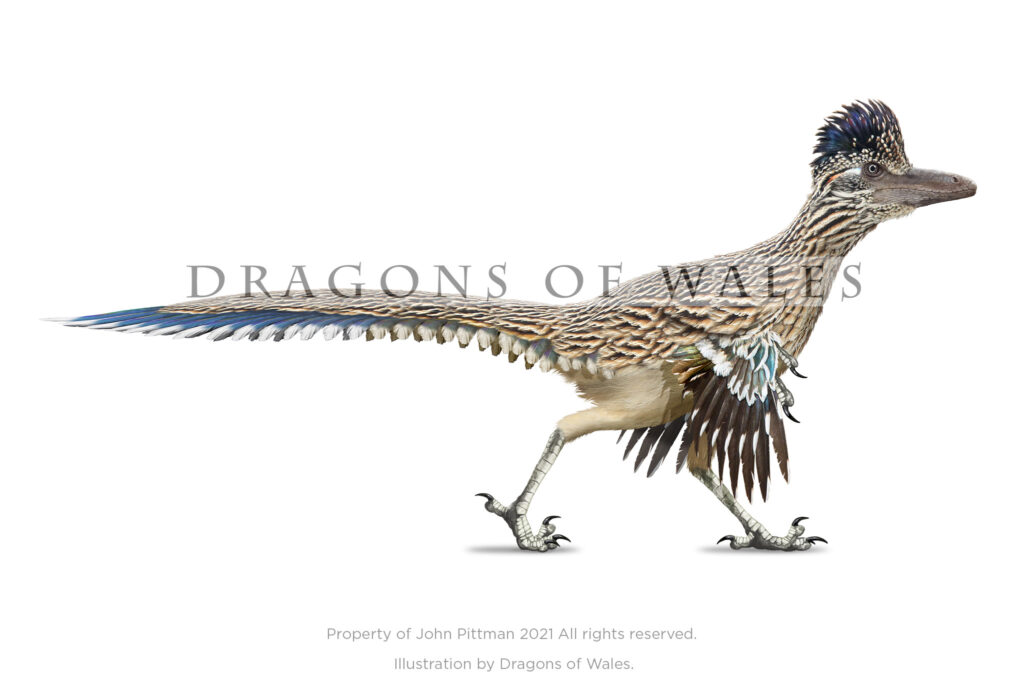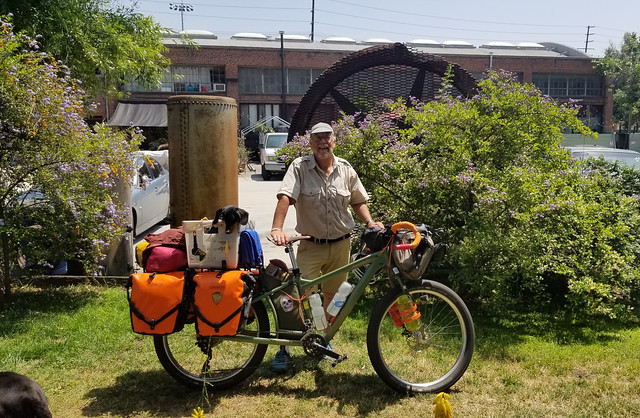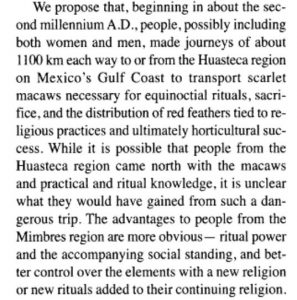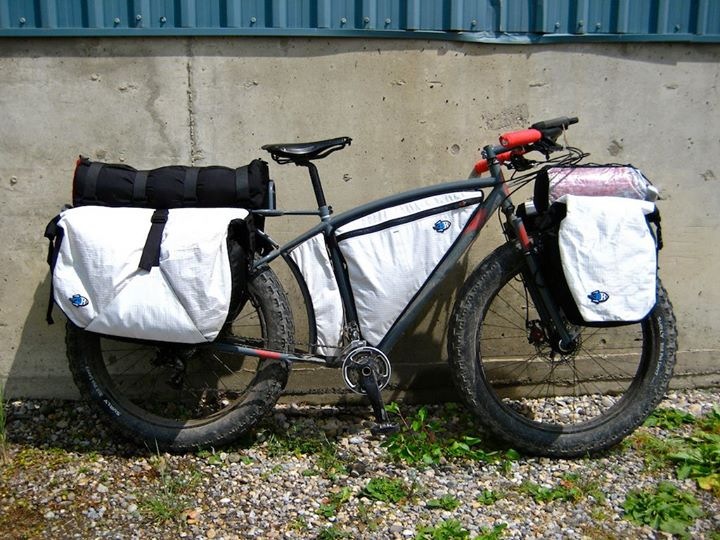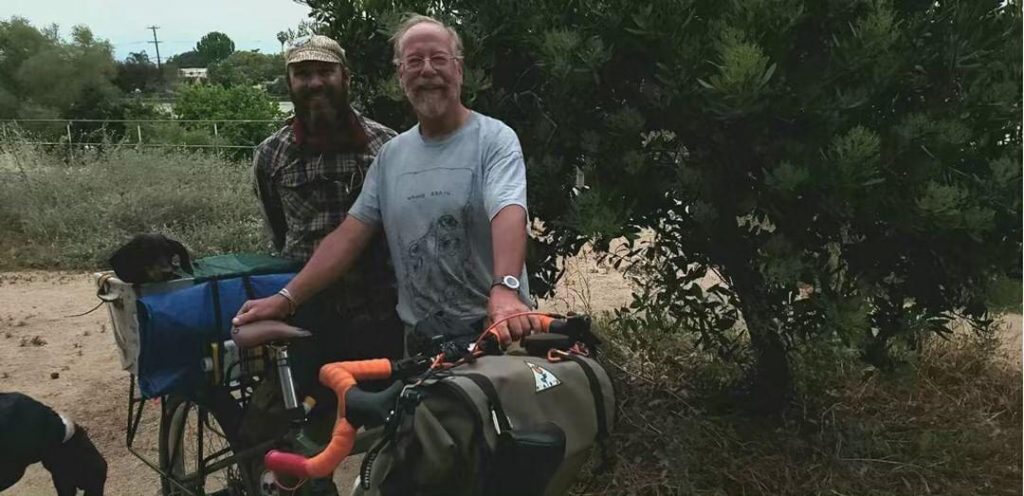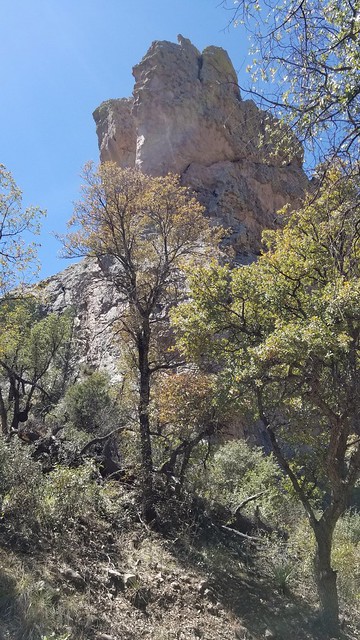During 2019’s Big Bike Ride, roadrunners were a constant companion. Here’s a resident of Terligua, TX; the photo was taken the morning after our epic “Chisos Mtns. by Supermoonlight” night ride.
Sometime during the ride I had a revelation.
Way back, maybe the mid-aughts? – there were a smattering of news stories about getting chickens to express teeth . Looking back, it seems to have been the result of a particular mutation that unsupresses a gene. Always fatal, alas. But then in 2015 there was another mini-storm of stories, this time focusing on a couple facial development genes.
The researchers focused on two genes that help control the development of the middle of the face. The activity of these genes differed from that of reptiles early in embryonic development. They developed molecules that suppressed the activity of the proteins that these genes produced, which led to the embryos developing snouts that resembled their ancestral dinosaur state.*
From there, coverage jumped to Chickenosauruses – not a new idea (see this Jack Horner TED talk from 2011), but hey, clicks are clicks.
The revelation should be obvious: a better candidate for doing the throwback thing on would be everyone’s favorite ground cuckoo, Geococcyx!
Around the time of the bike ride, Andy Frazer/DragonsofWales kickstarted his book, Novosaurs. I jumped on the opportunity to support his work and when Novosaurs arrived, it did not disappoint. I contacted Andy about doing a commission, he was happy to do it, and so I give you the novosaur roadrunner, a feathered companion I’d seriously love to have.


